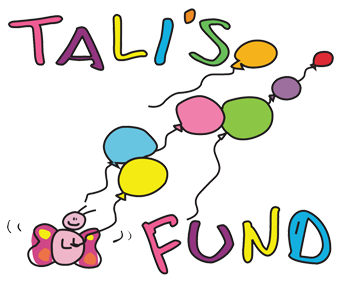ATRT Information and Treatment
Atypical teratoid/rhabdoid tumor (ATRT) is a rare and aggressive type of brain tumour that primarily affects young children. It is classified as a central nervous system (CNS) embryonal tumour (originating from embryonic or developing cells in the brain), and is considered one of the most challenging brain tumours to treat. ATRTs are characterized by their rapid growth, tendency to spread within the brain and spinal cord, and resistance to standard treatments.
Due to their aggressive nature and resistance to traditional therapies, the treatment of ATRTs often involves a combination of surgery, chemotherapy, and sometimes radiation therapy. However, the prognosis for ATRT patients remains challenging, particularly in cases where the tumor has spread or cannot be completely removed, and the disease has a high rate of recurrence. Because of the rarity and complexity of ATRTs, treatment often requires a multidisciplinary approach involving neurosurgeons, oncologists, radiation therapists, and other medical professionals.
Learn more:
Radiation can leave devastating brain and other organ damage in young children, and it can cause treatment related deaths. The brain tumour team at SickKids has developed a treatment protocol for ATRT which spares children from radiation. This protocol is the current standard of care at SickKids and has also been used in various centres worldwide. It has produced promising results, showing that some children can be successfully treated with surgery and chemotherapy alone, and harmful radiation can be omitted without compromising survival.
If you would like to learn more about the radiation-sparing treatment protocol being used at SickKids, and whether it may be appropriate for your child, you may contact Dr. Annie Huang through the Rare Brain Tumour Consortium website.
SickKids Hospital also offers an International Patient Program through which parents could get information and advice. Note that in most cases international patients cannot be treated at SickKids, but you may be able to find a centre near you that also uses this method, or to take the information to your oncologist for review.
